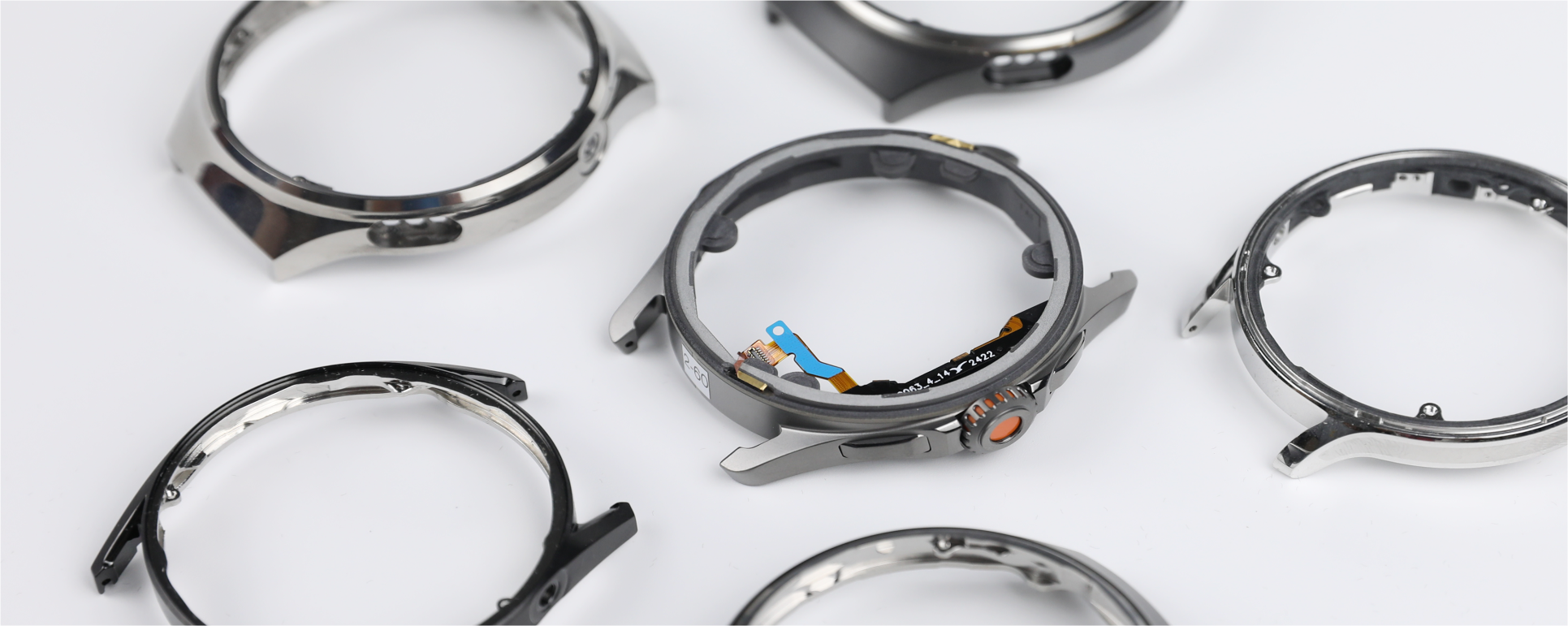
3C Consume Electronics Industry
The demand for small, precise, high-volume parts has made MIM flourish in the electronics industry, which is a major user of metal injection molded parts. Our MIM process can produce smartphone camera housings, buttons, folding phone hinges and connectors with complex geometries.
3C Electronics Related Case
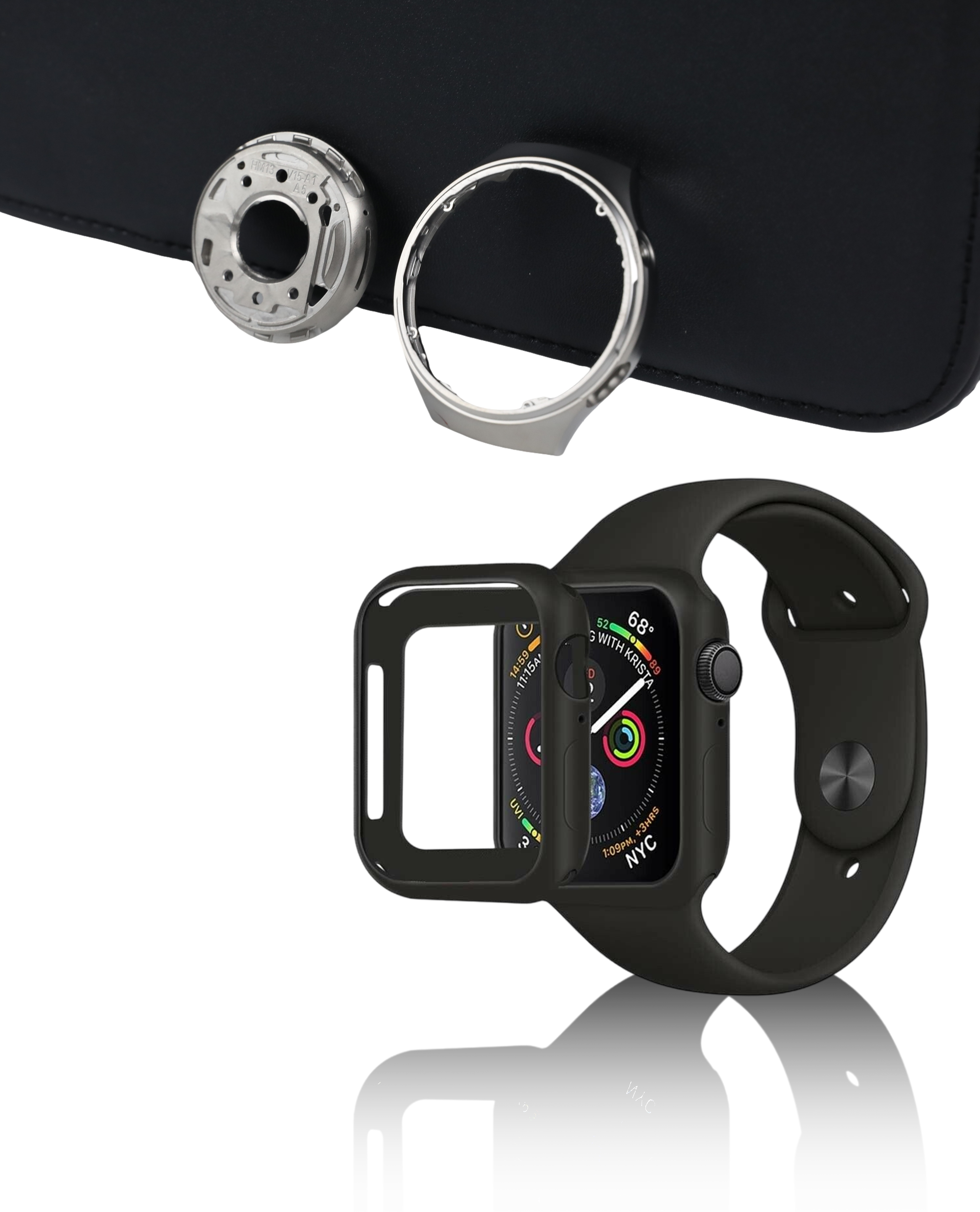
Smart Watch Frame
We use titanium alloy and 17-4PH stainless steel to injection mold the parts in the hinge of folding screen mobile phones.The manufacturing process of smartwatch cases is gradually shifting from traditional mechanical processing to injection molding. This shift has significantly reduced processing volume and costs and improved production efficiency. Injection molding is particularly suitable for processing special materials such as titanium alloys that cannot be forged or are difficult to process, providing more possibilities for case design.
Advantages of Injection Molding in Smart Watch Case Manufacturing:
- Reduces machining volume and saves costs
- Suitable for materials that cannot be forged or are difficult to machine, such as titanium alloys
Material Requirements:
- High hardness to ensure durability
- Excellent surface finish to enhance product aesthetics
- Non-magnetic properties to meet the functional needs of electronic devices
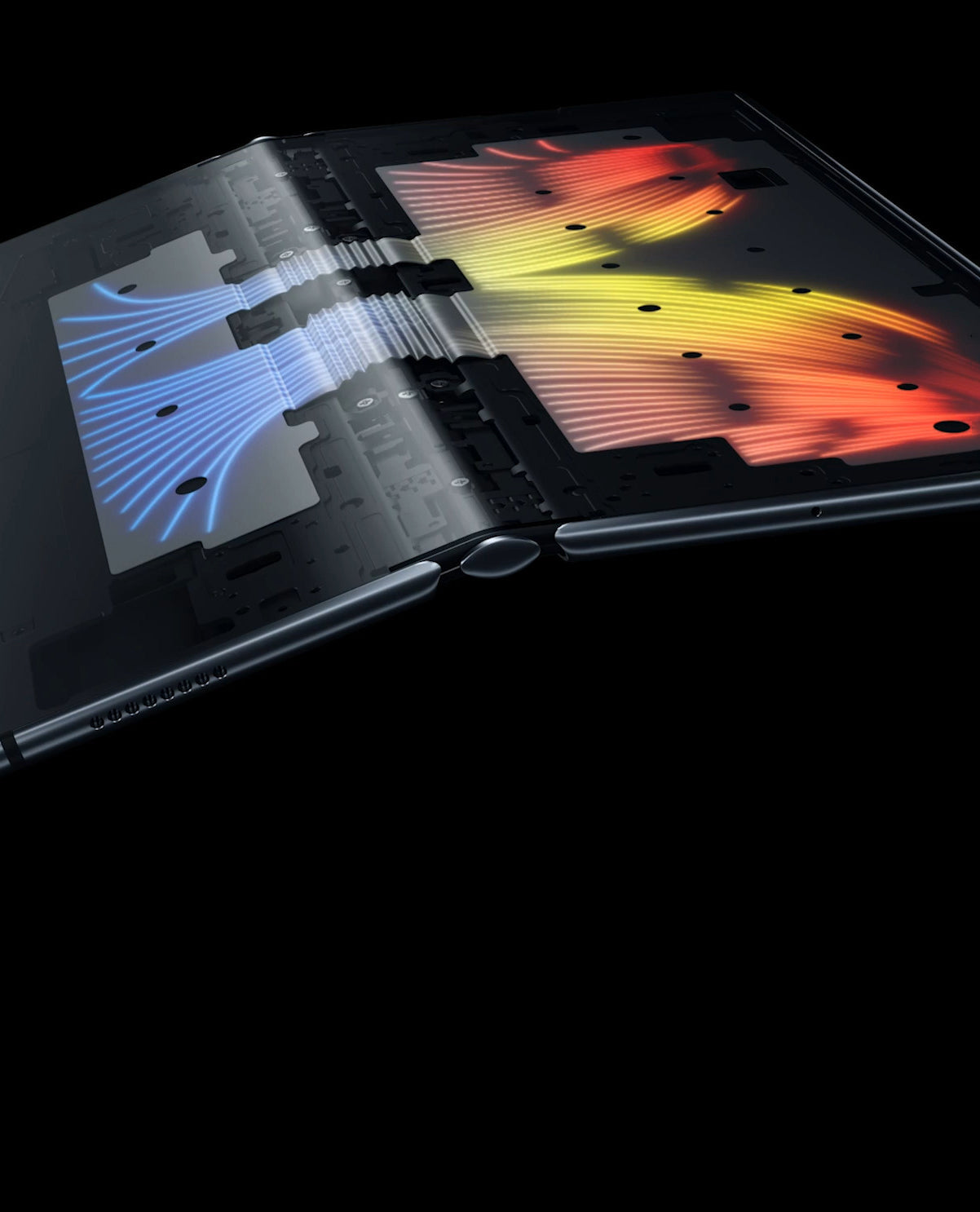
Mobile & Laptop Hinge
Our non-magnetic material technology uses cobalt-chromium-molybdenum alloy F75 to produce folding screen mobile phone hinges. It is thin, non-magnetic, does not interfere with electromagnetic signals, has strong corrosion resistance and a bright appearance.
A large number of hinge parts are needed in foldable phones and other electronic products (such as laptops and smart glasses). Most of them are complex in structure and have high hardness. Injection molding technology is the best way to manufacture such parts. The popularity of foldable phones around the world has become an important driving force for the rapid development of the MIM industry in recent years.
There are many parts in the hinge of foldable phones, most of which are manufactured by injection molding.
Laptops and other electronic products also need a large number of hinge parts.
Material Requirements: high strength, high wear resistance, low density

Mobile Camera Ring
Huawei mobile phone camera ring produced by powder injection molding technology, the part material is PANACEA stainless steel.
Material Requirements:
- Lightweight and High Strength: Ensures reduced weight while maintaining strength and stability
- Excellent Corrosion Resistance: Adapts to complex environments and extends service life
- Non-Magnetic: Relative permeability less than 1.04 to meet the functional requirements of electronic devices
Annual Production
Production Equipment
Machining Precision
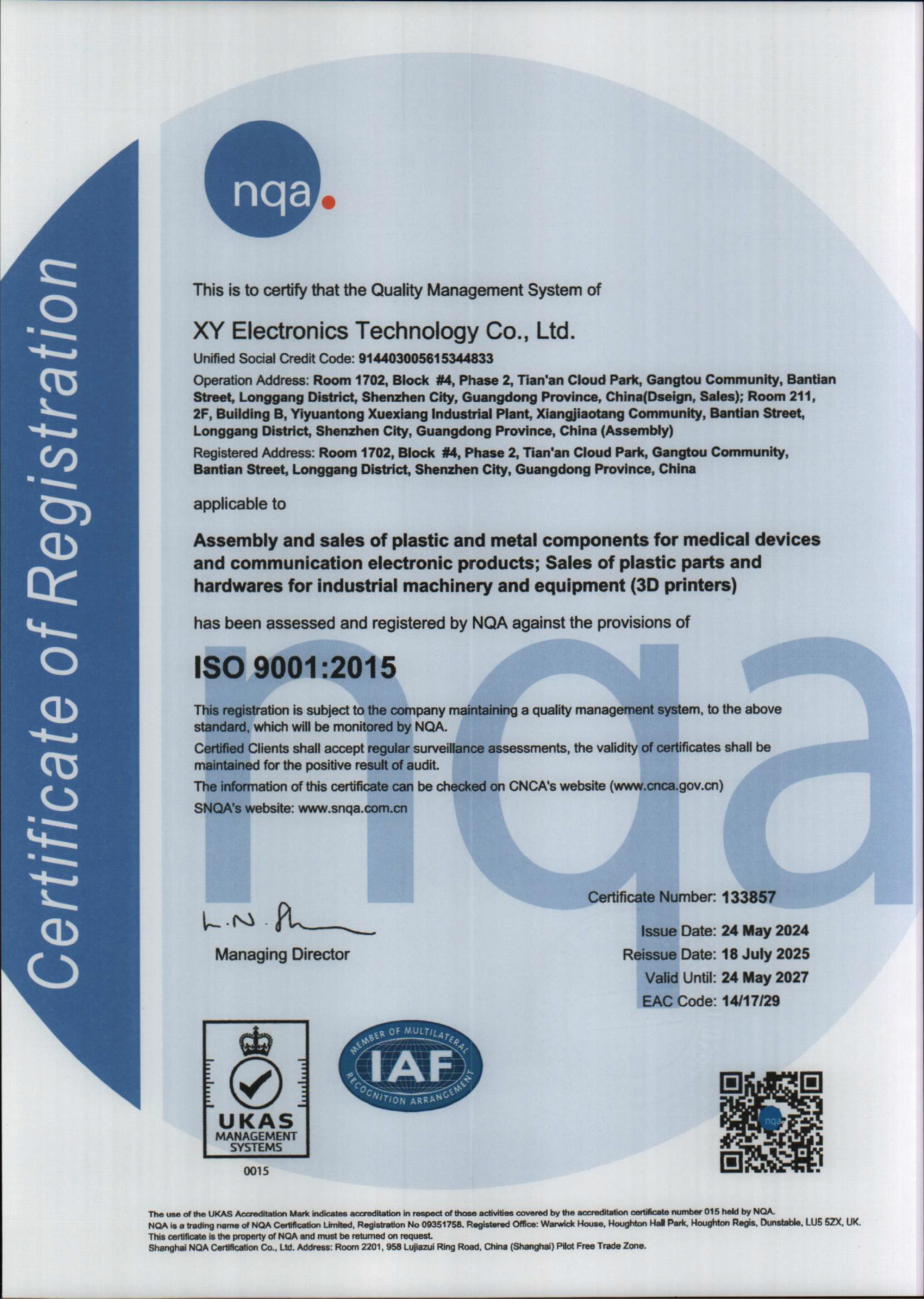
ISO 9001: 2015 Certified
XY-Global is a trusted supplier of 3C electronic components. Our ISO 9001 certification reflects our company's quality control and quality assurance system, ensuring that every product leaving the factory has been rigorously inspected and tested. We provide you with precise custom components and provide excellent service and support to ensure that you get the best products and solutions.
XY-Global is always customer-centric and committed to meeting your needs, providing high-quality electronic parts and professional services. We look forward to supporting you and helping you achieve project success!
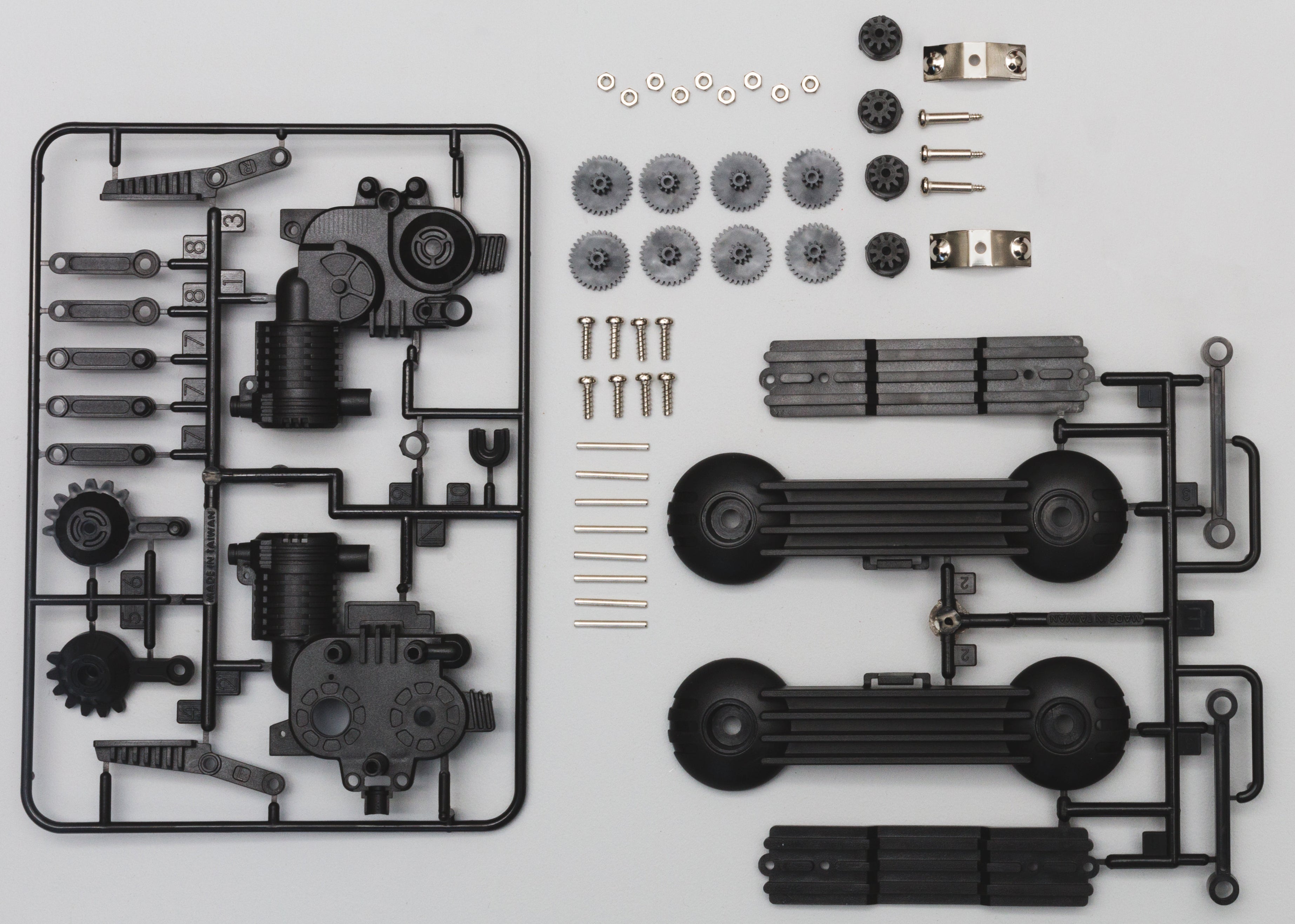
Precision Manufacturing Achieving Excellent 3C Electronic Quality
Specializing in the 3C industry, we offer customized metal and ceramic injection molding solutions with reliable quality.
Customization: Tailored solutions to meet your specific needs
Quality Assurance: Rigorous quality control processes
One-stop Service: Comprehensive service from design to production